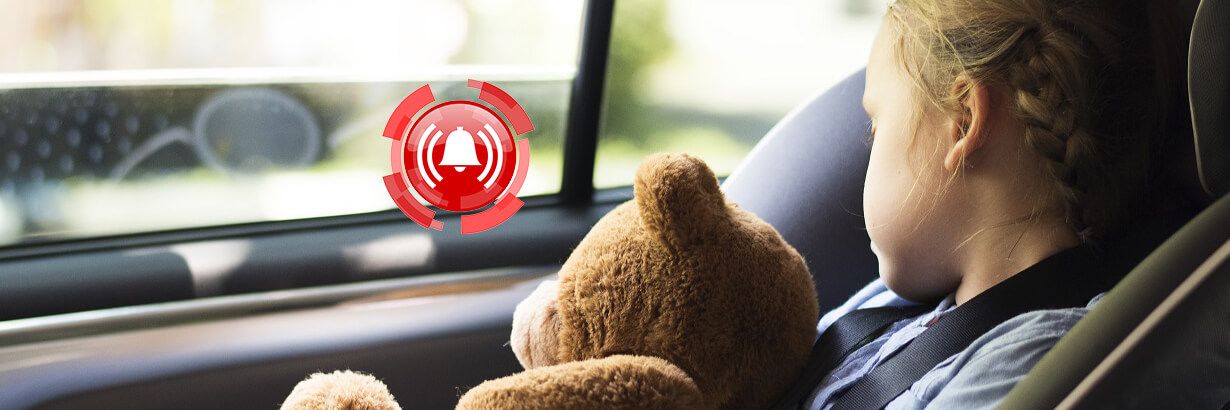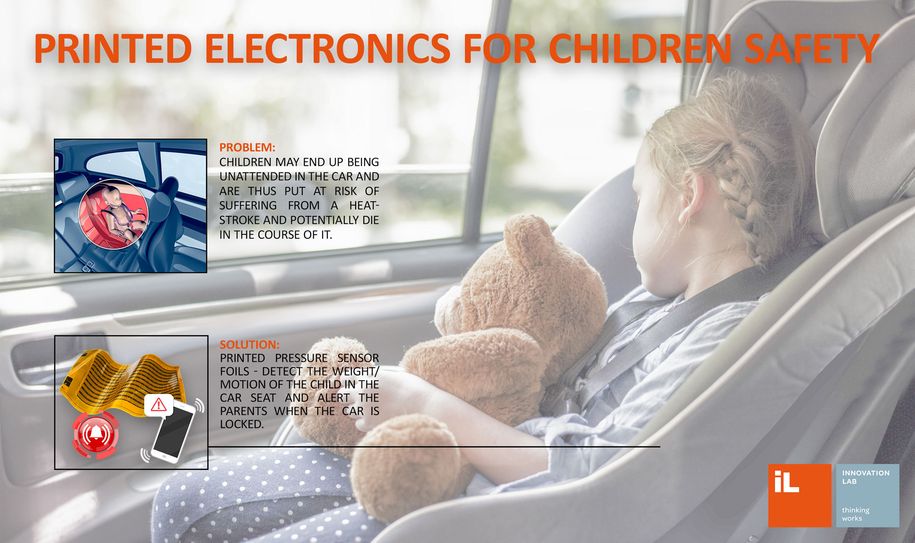
LIFE-SAVING TECHNOLOGY
An integrated sensor mat in a child's car seat can alert the parents once a sleeping child has been left in a locked car.
How Pressure Sensors in Car Seats Can Save Children’s Lives
It’s a parent’s worst nightmare – leaving their child unattended, even for a few minutes. Tragically, small children die needlessly from heatstroke in hot cars every year.
What can be done to make sure this risk is removed?
By adding appropriate sensors to their vehicles, car makers can ensure that a sleeping baby or child will not be forgotten. Different sensors can be used, separately or in combination: including pressure sensors to detect the weight or motion of a child in their seat, and proximity sensors to detect movement. Another option is to use a switch of some sort in the buckle of a child’s car seat, so that its open or closed status can be determined.
The data from sensors can then be sent wirelessly to an alarm sounder in the car which, e.g., activates the car's horn. If the system is retrofitted, the data is sent directly to the parents' smartphone. With appropriate software, this might create an alert on the phone when movement is detected in the car while the doors are locked. The parent’s distance from the car is another factor that an algorithm can consider.

Even with the loudest and most persistent alert, a parent might miss it on their phone, or might have no battery charge. To overcome this, the safety system could be programmed to text or call other emergency contact people whose details have been saved.
Seat sensors can also provide information to the car for other safety-related uses. For example, they can enable airbags to be auto-matically activated or de-activated, depending on the weight of the seat’s occupant.
Arguably, the most important part of these kind of systems, and perhaps the most difficult to get right, is the sensors in the seat. They must provide reliable information, with sufficient accuracy and detail to avoid triggering false alarms.
Printed pressure sensors provide an ideal solution for this use case. Lightweight and flexible, they can easily be shaped to fit the seat. They are ultra-thin, thus avoiding discomfort, and cost-effective enough to be used in any car.
What about other objects that might be on a seat – how do we avoid a tablet or shopping bag from triggering an alert?
With printed pressure sensor matrixes, data on the shape and size can be generated, and by applying AI and pattern recognition techniques a decision is taken if a child is sitting on the seat or not.
This kind of safety-related use shows how printed sensors can be an enabling technology, and can make an application sufficiently affordable and practical to make it into production – and thus to save lives.
